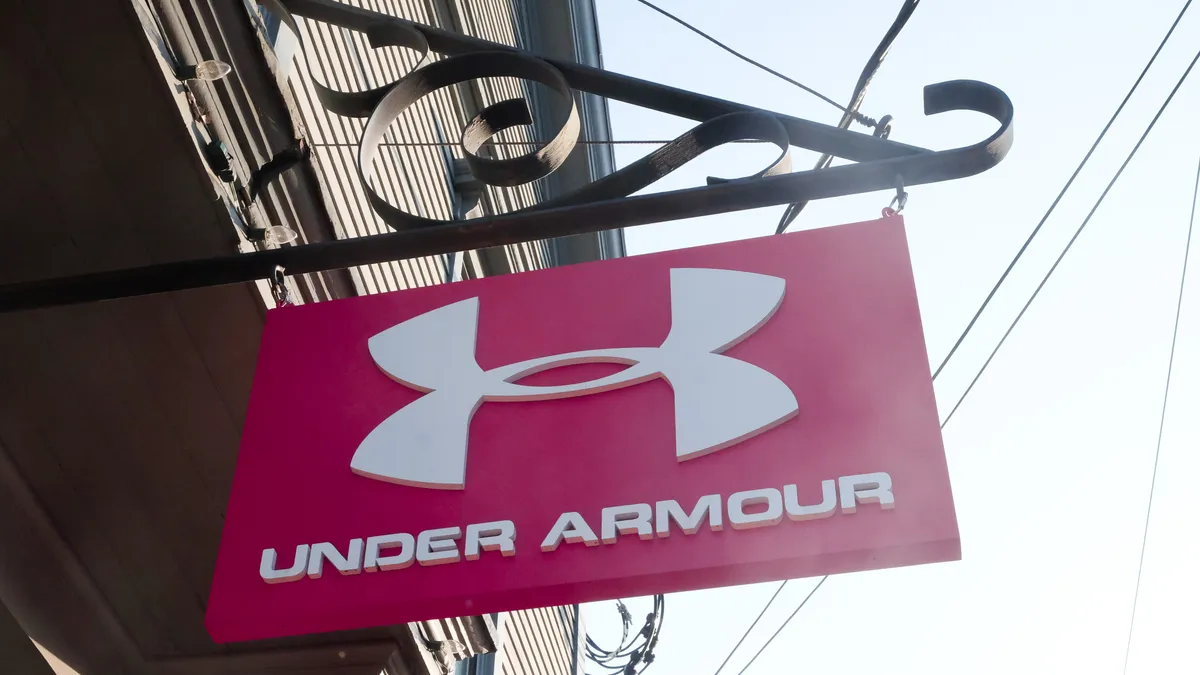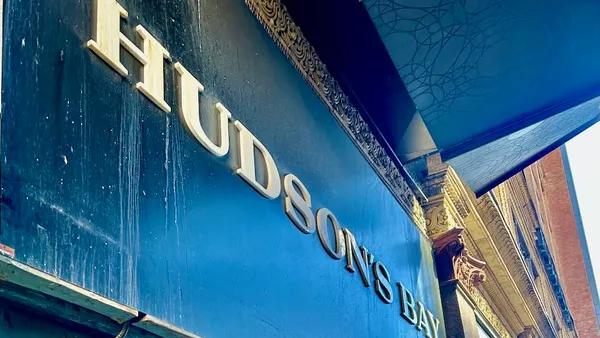Dive Brief:
- CEO Patrik Frisk on Tuesday said Under Armour is now done with what he considers "the majority of our transformational work" as the brand works to execute on a turnaround and regain a stronger position in the market. The company's restructuring plan will cost less than anticipated, down from a high of $600 million to a high of $575 million, and should be completed by Q1 2022.
- In Q3, revenue at Under Armour grew 8% to $1.5 billion, with direct-to-consumer revenue increasing 12% to $604 million. Wholesale made up $911 million of revenue, up 10% from a year ago.
- Income also grew significantly from last year. Net income surged 191% to $113 million, while operating income ($172 million) grew similarly, by 194%.
Dive Insight:
Under Armour is finding its balance, according to executives, between DTC and wholesale, footwear and apparel, and in other areas of the business.
"Across the board, whether it's team sports, train or run, men's or women's, we are able to really drive our brand in all of those different categories and areas," Frisk said on a conference call with analysts. "That's really what I feel really good about is the holistic win of the brand."
Under Armour's work to change its channel mix is showing results, executives said. The shift to more DTC sales and a decrease in off-price has led to "meaningfully higher quality" sales, Frisk said. DTC sales were already up double digits compared to last year, but against 2019 they grew 31% as Under Armour continues to push on exiting 3,000 wholesale doors and shifting more sales to its own channels.
Importantly, Under Armour's physical stores drove the DTC growth, with a 21% increase in sales from owned and operated stores, compared to a decline in e-commerce. Compared to 2019, e-commerce was still up over 50%, though. Asked about the profitability of its DTC channels, Chief Financial Officer Dave Bergman shied away from giving specifics, but noted that the company has made investments in the DTC business and is starting to see them pay off, which has improved profitability.
"Not only are we growing again, even against 2019, but it is at a much healthier mix," Bergman said. He added that Under Armour has seen the strongest top and bottom line results in its history this quarter.
Thanks to the strong results, the retailer also raised its full-year outlook. Under Armour is expecting full-year revenue to be up 25% (compared to a low-20s percentage increase predicted earlier this year), and operating income to reach $425 million, way up from its previous range of between $215 million and $225 million. DTC is also expected to be up at a mid-20s rate for the year.
There are still challenges, of course, including the supply chain challenges plaguing the industry and factory shutdowns in Asia. It will take the remainder of the year to get factories in Vietnam back up to full speed, according to Frisk, and executives are expecting longer than usual transit times for products. However, Bergman noted that Under Armour hasn't seen any cancellations of orders, and congestion and container availability has improved at origin points. It's now local points of entry for inventory that are the problem.















